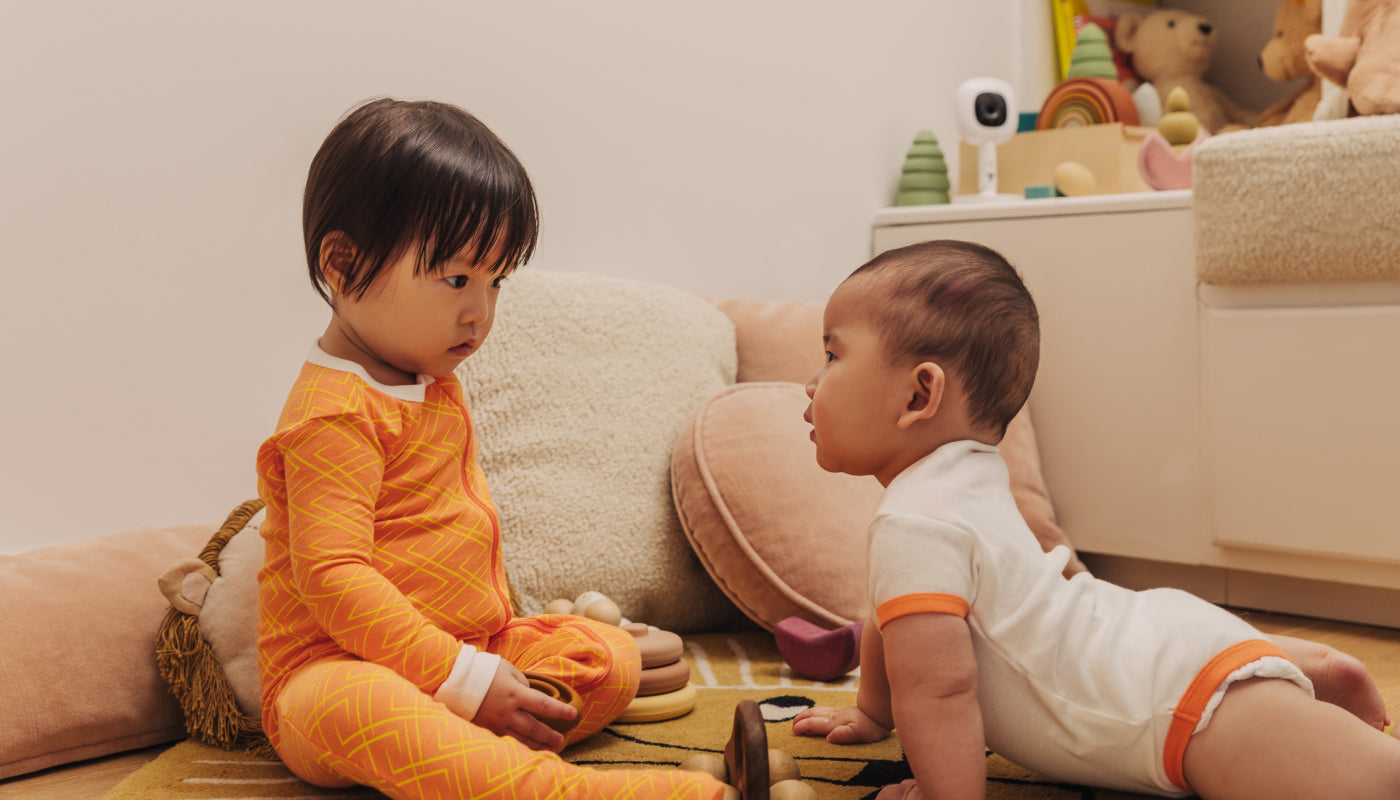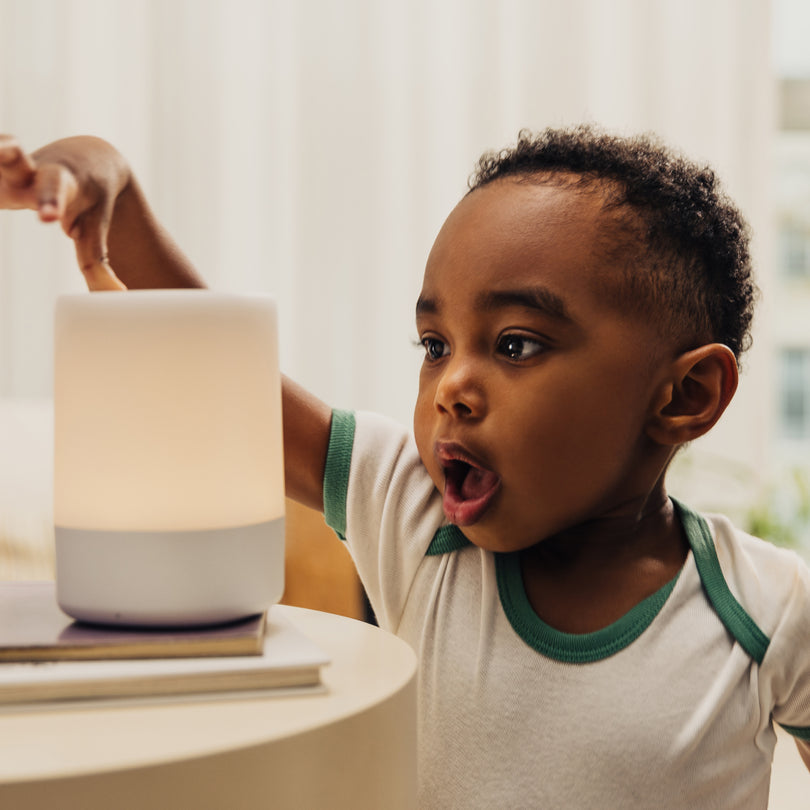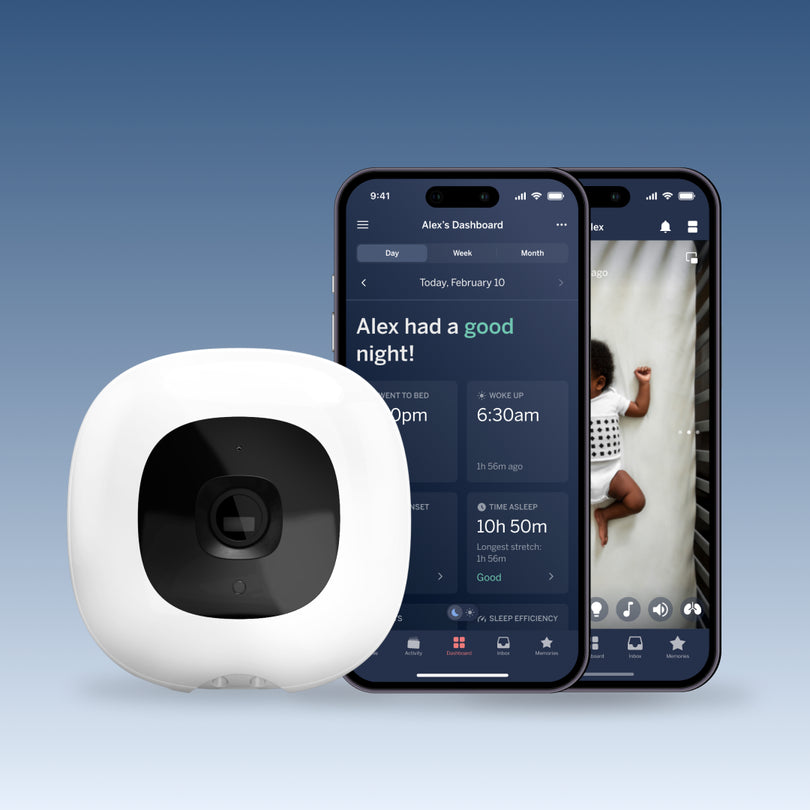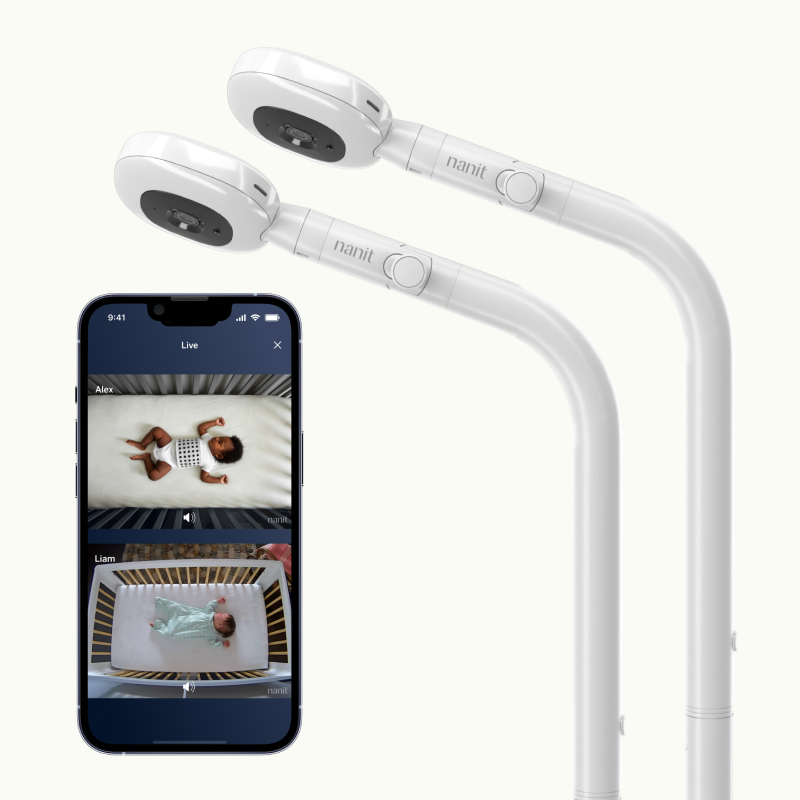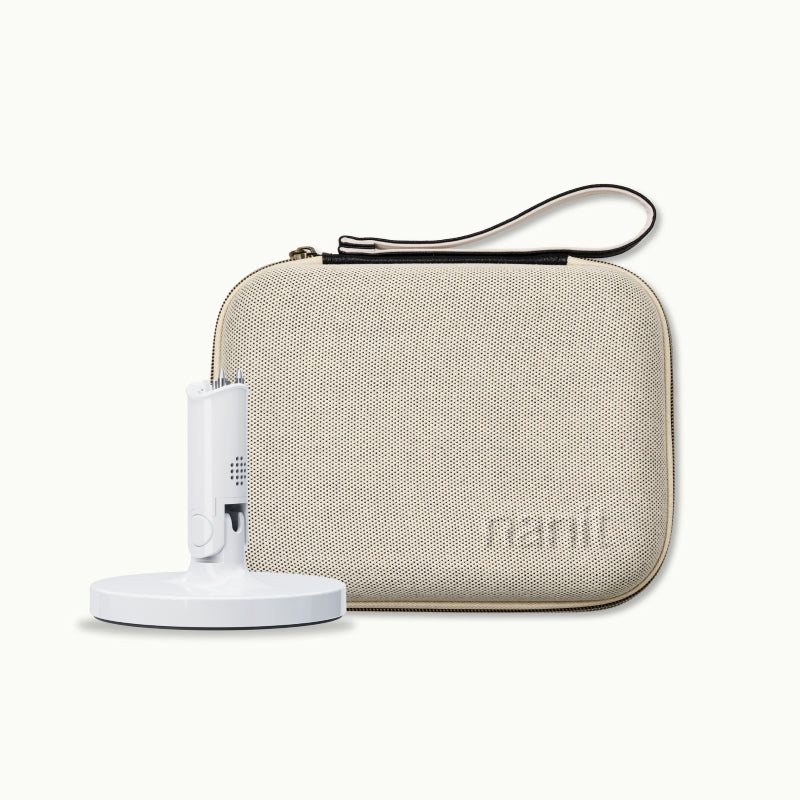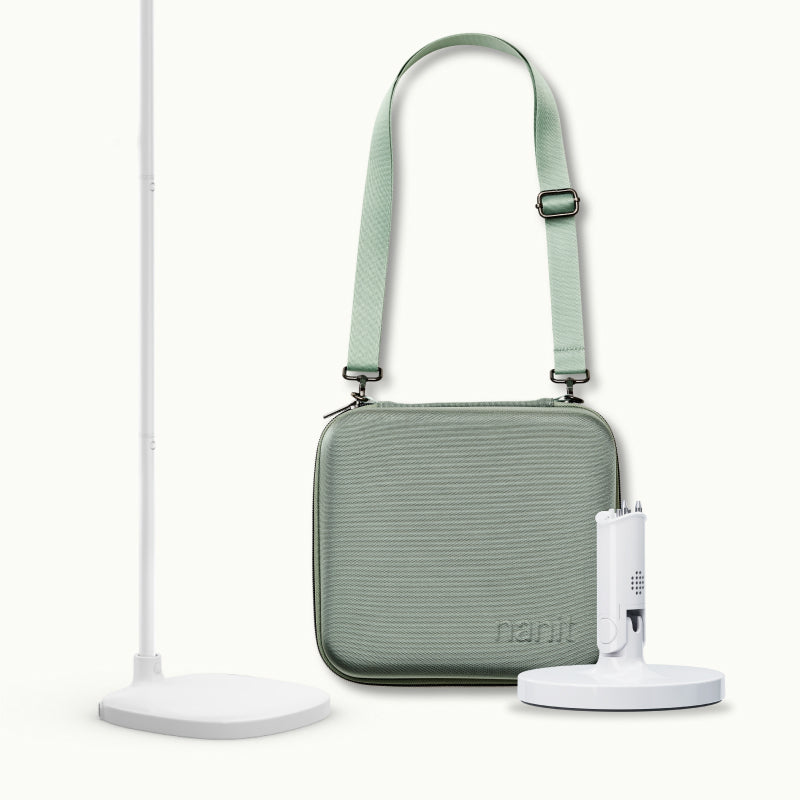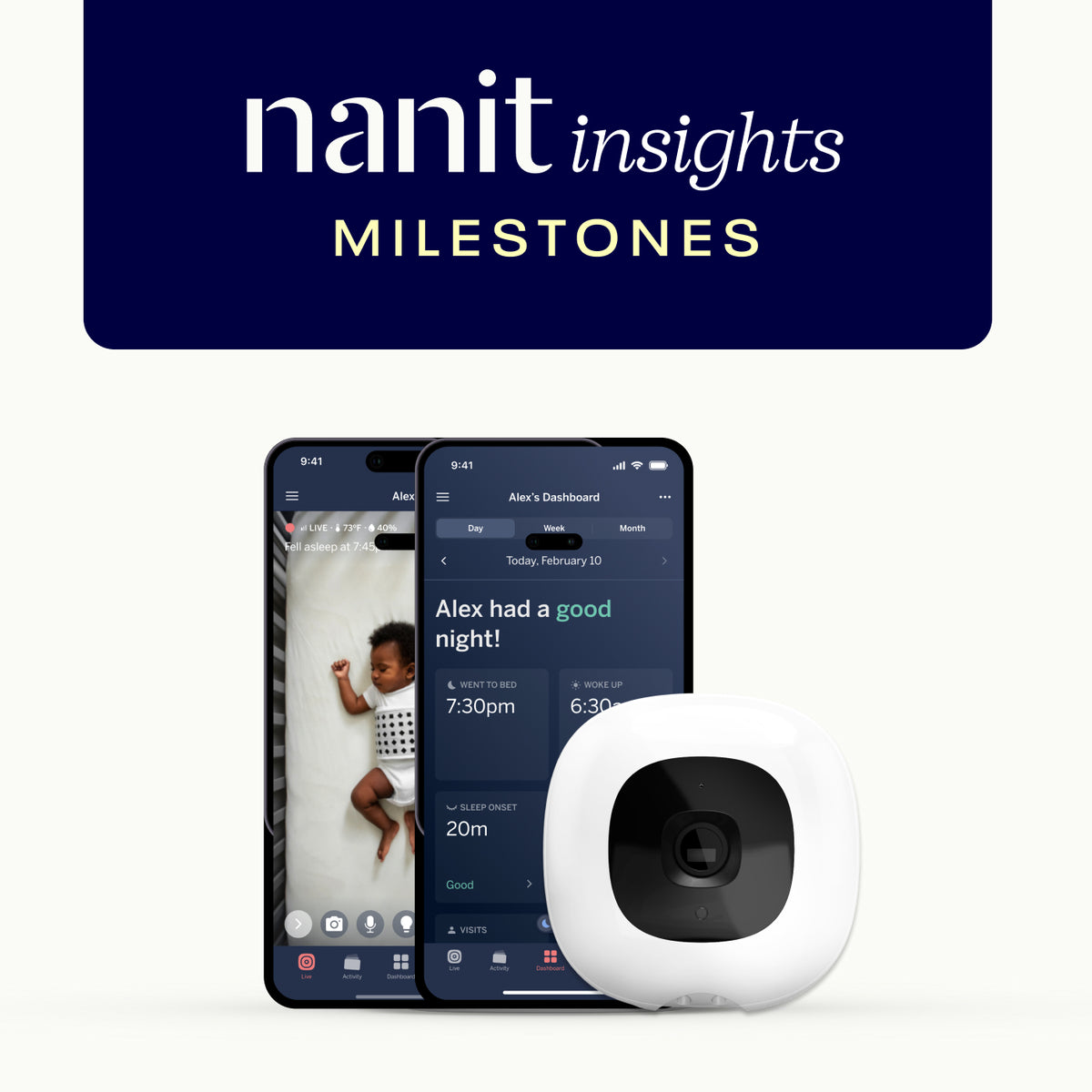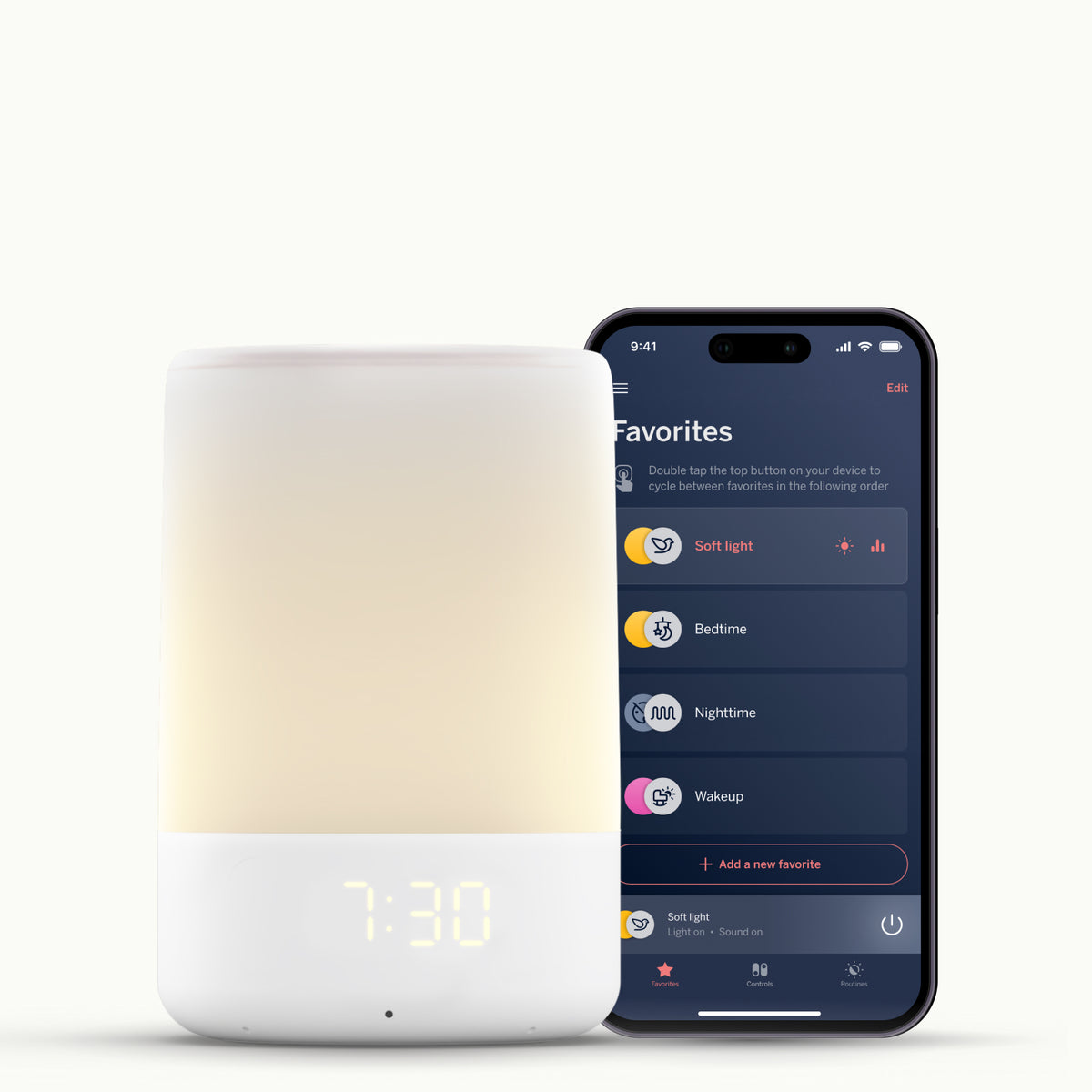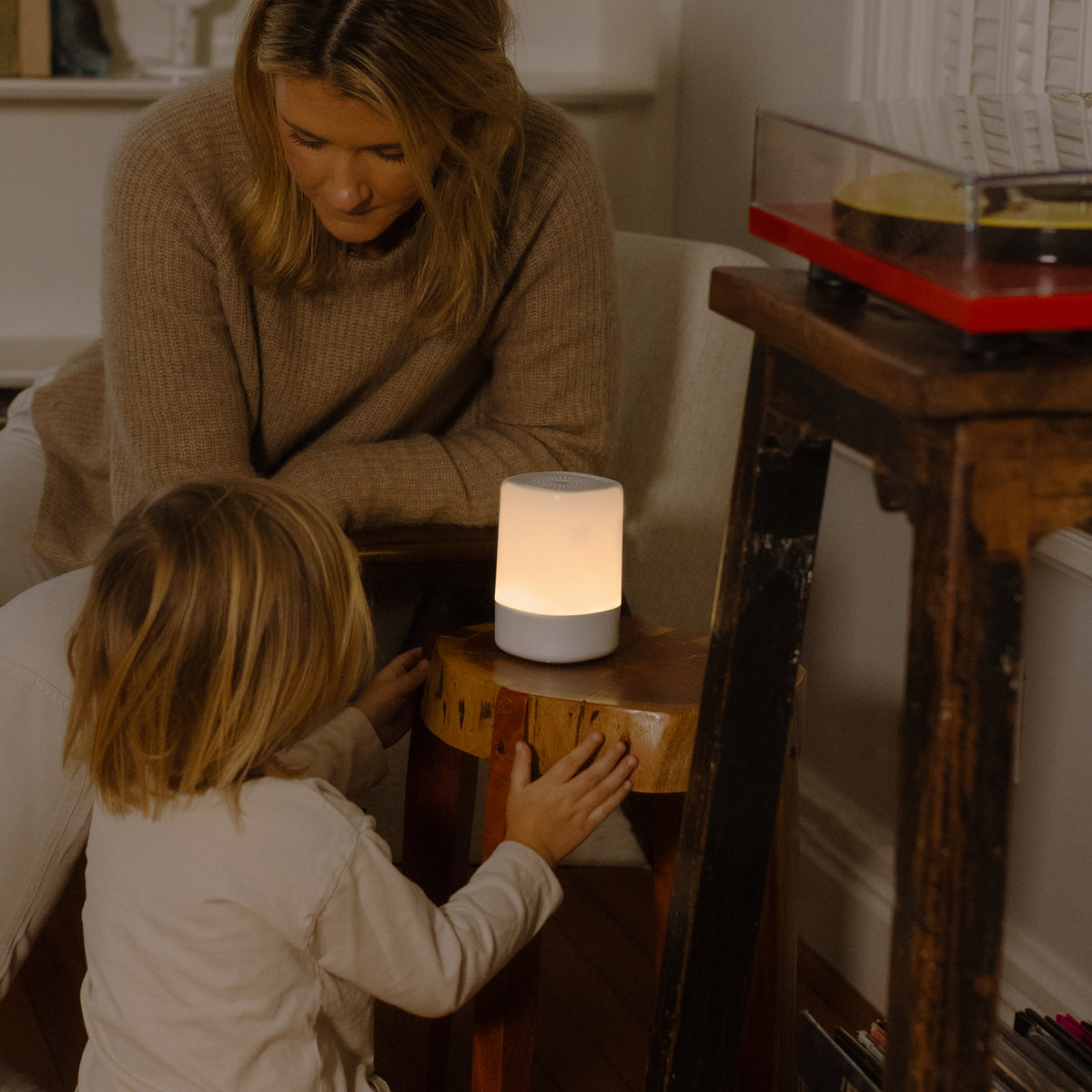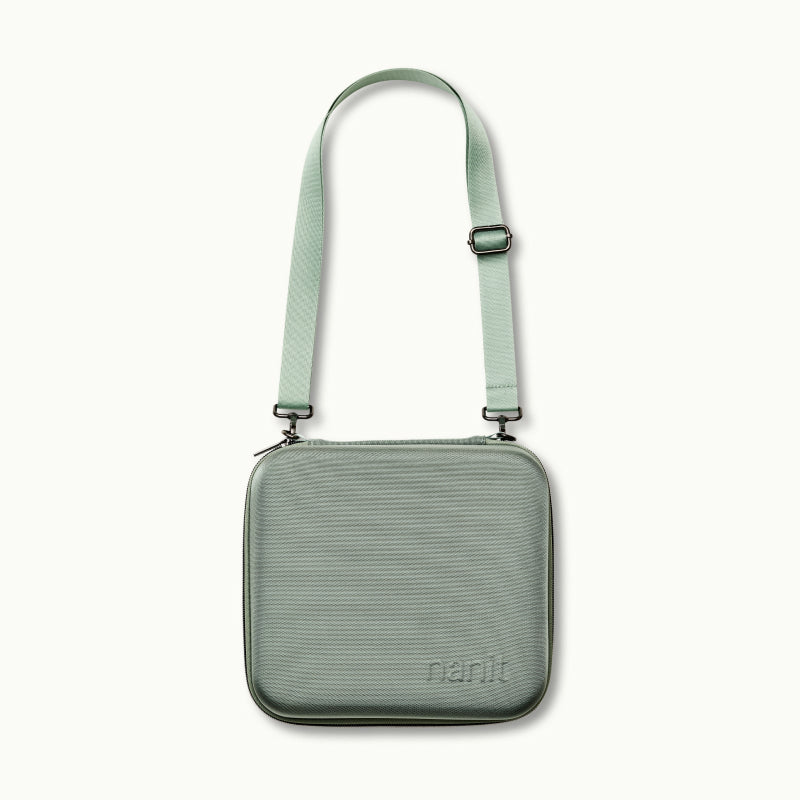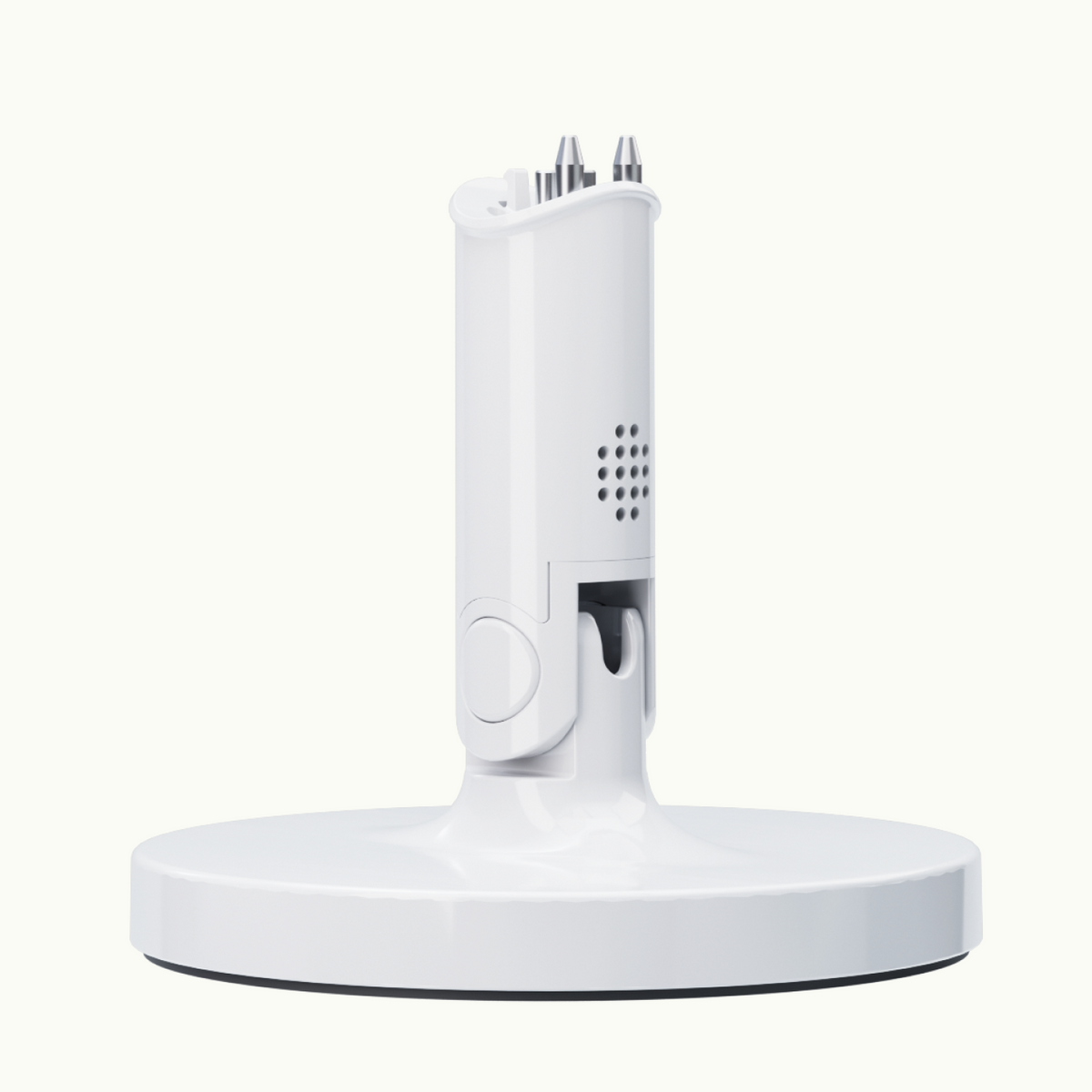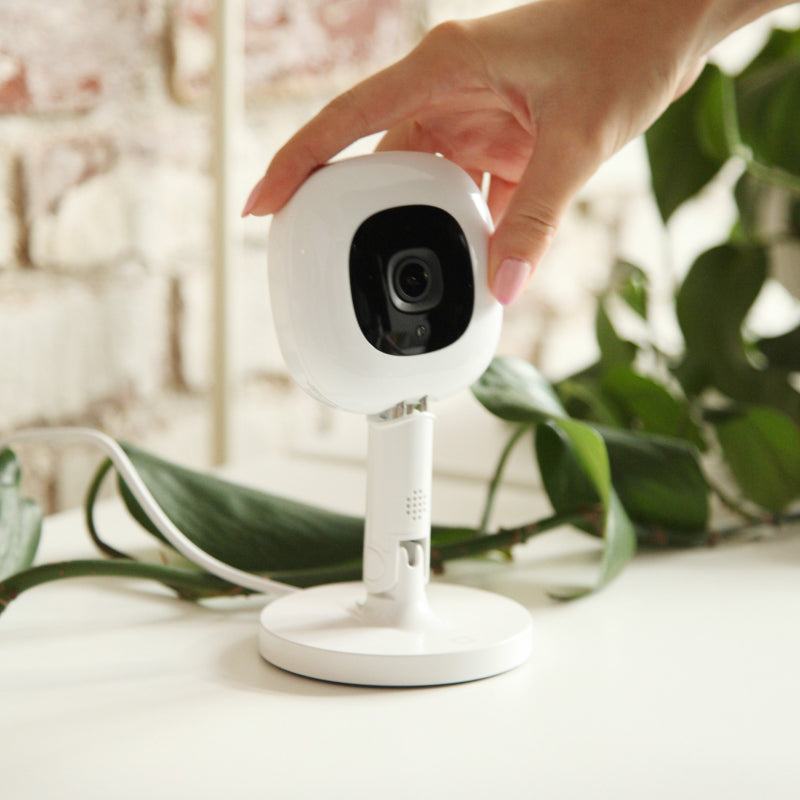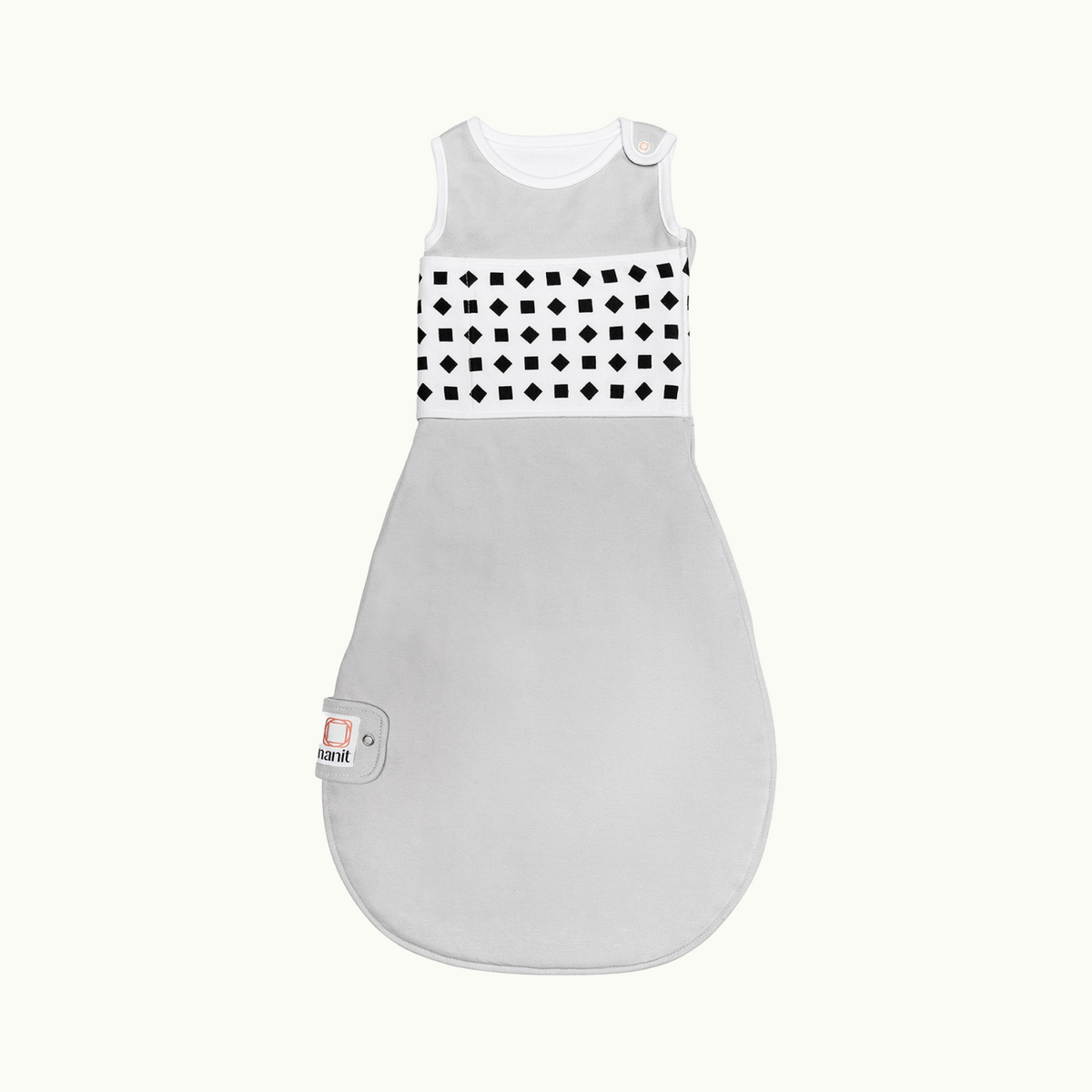Liat Tikotzky, Dar Ran-Peled, Hamutal Ben-Zion
Sleep Health: Journal of the National Sleep Foundation
Abstract
Goal and aims
To examine the performance of the Nanit auto-videosomnography scoring system as a measure of sleep-wake states in infants compared to observed video scoring and actigraphy.
Focus technology
Nanit’s auto-videosomnography scoring system.
Reference
Observed video scoring and actigraphy.
Sample
Sixteen U.S. infants (age: 4-8 months).
Design
Infants’ sleep was assessed with the Nanit camera and actigraphy (micromotion logger sleep watch). Fifty nights were included in the analyses. Nanit’s videos were processed via a computer vision algorithm and were scored by trained observers. Actigraphic data were scored with the validated Sadeh algorithm.
Core analytics
Bland-Altman plots and epoch-by-epoch analyses (sensitivity, specificity, and total accuracy).
Additional analytics
Specificity values for each night separately.
Core outcomes
Nanit estimates of sleep minute were not significantly different from observed sleep minute, but Nanit overestimated sleep minute relative to actigraphy by 17 minutes. Nanit overestimated wake minutes (wake after sleep onset by 5.3 minutes relative to observed scoring and underestimated wake after sleep onset by 19.1 minutes relative to actigraphy. The epoch-by-epoch analyses revealed that Nanit reached 97.8% sensitivity in classifying sleep and 60.4% specificity in classifying wake compared to observed scoring. The rates compared to actigraphy were 99.3% for sensitivity and 51.7% for specificity.
Important additional outcomes
Specificity values were lower for infants with lower wake after sleep onset.
Core conclusion
This preliminary study suggests that Nanit is highly accurate in detecting infant sleep compared to observed scoring and actigraphy. Specificity values are within the range of those reported previously for actigraphy devices that are commonly used in pediatric sleep research.
About the Researchers
The researchers included Liat Tikotzky, Dar Ran-Peled, and Hamutal Ben-Zion.

- Dr. Liat Tikotzky is an Associate Professor at the Department of Psychology, Ben-Gurion University of the Negev, in Israel. She was a visiting researcher at the department of Psychiatry and Behavioral Sciences at Stanford university from 2008 to 2010. Dr. Tikotzky is a licensed clinical psychologist, with specific training and expertise in infant, child, and parent sleep. Her research focuses generally on the relationships between parenting and sleep.

